Idea by
Estudio ESSE
Estudio ESSE
Call for ideas 2019
Death of the Client
Death of the Client
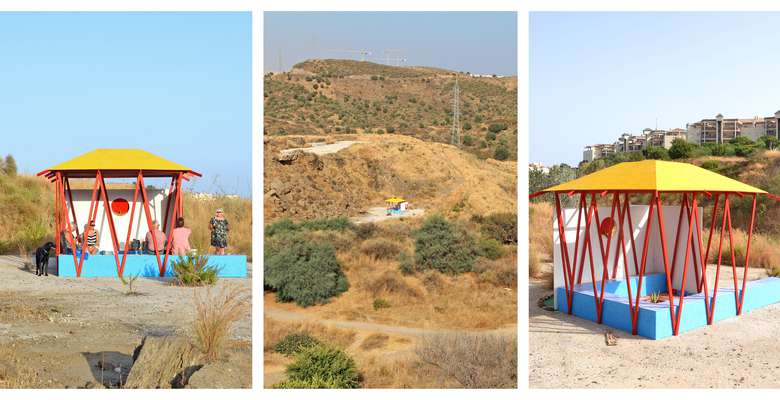
- Systemic changes
Architecture relies on a client commissioning an architect to deliver a project. Once solicited, the architect is at the mercy of a client’s interests which include the self, profit, and little else. Simultaneously, the architect professes a duty to the public, the environment and the user. At the height of 20thC state funded building, appeasing both client and social ideology may have been possible, but as architecture finds itself in a context with capitalism as client, we must find new ways to operate.
While new technologies fail to yield the utopias their advocates promise, the means of production and distribution for creators are more democratic than ever. Take this year’s Turner Prize winning artist Charlotte Prodger; creating her award winning film on an iPhone. Also David Hockney, liberated from galleries and art dealers by his iPad. There are fewer barriers between our imaginations and their materialised reality, but how as architects do we jump the barrier of the client?
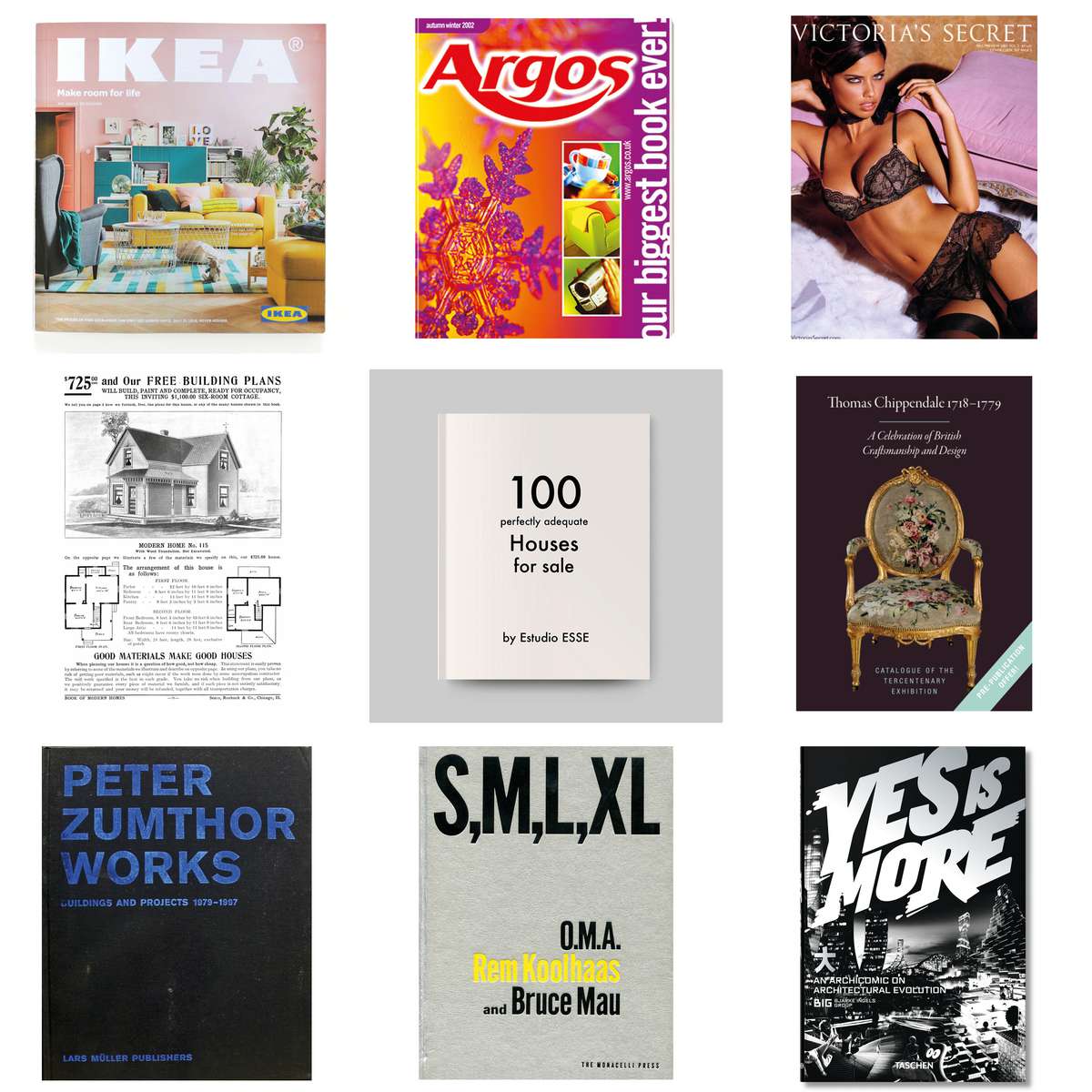
The concept of the catalogue inverts the conventional client/designer relationship found in architecture. While a monograph may seduce solicitation by promising a future based on works past, the catalogue is a promise of the actual. Whatever is being sold is done so directly and explicitly, and make no mistake, architects sell. Could an acceptance of this reality combined with precise unsolicited propositions allow architects to take the initiative? We think there are signs for hope.
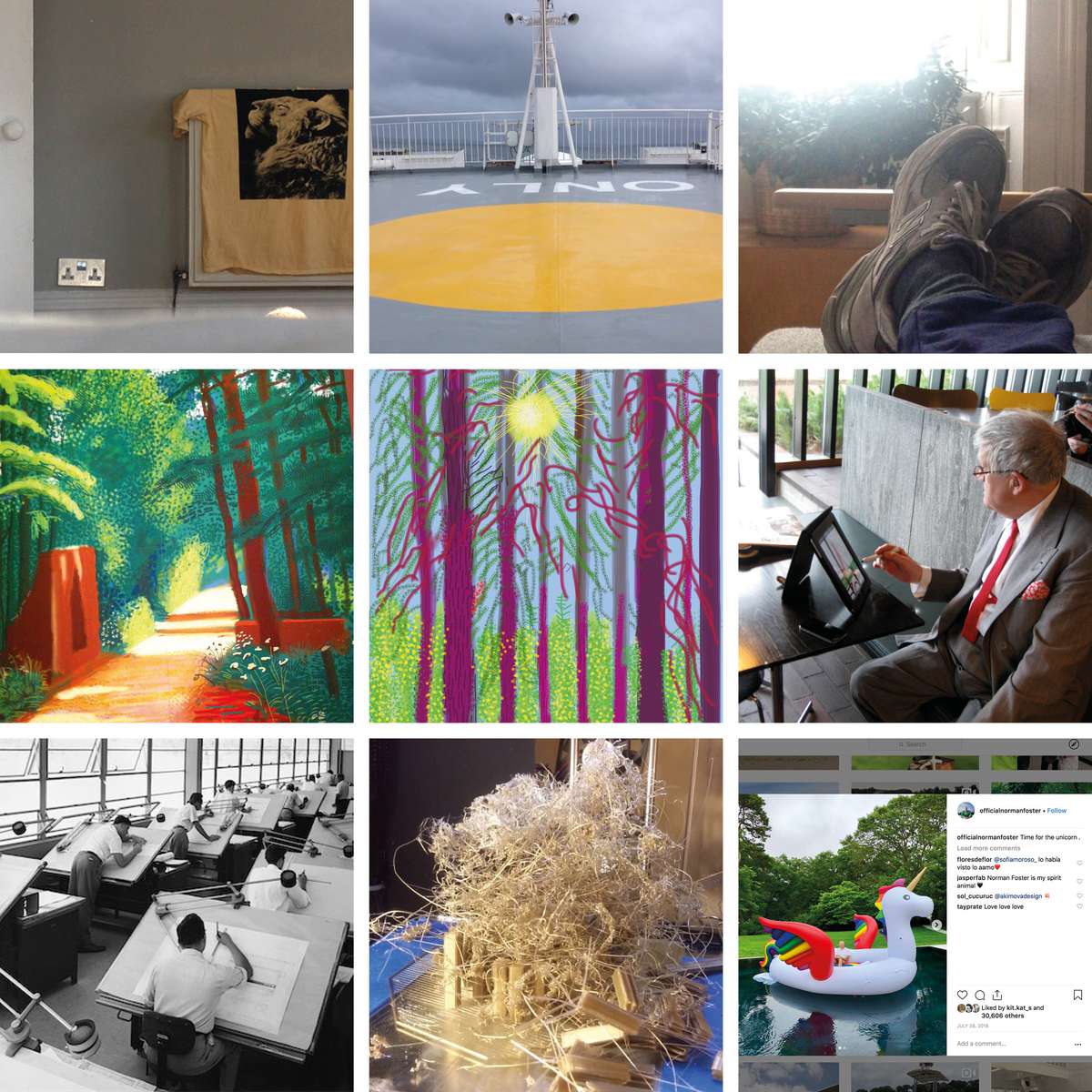
Images: C. Prodger & D. Hockney. Architecture has yet to witness the democratisation that has occurred in the other arts. Perhaps this is down to a clash between the intrinsically physical nature of our work and the immateriality demanded by contemporary technologies. Discussions around this subject from within the profession are tired and repetitive, and more often than not result in clumsy solutionist outcomes. We wonder which of our problems technology and digital infrastructures can solve.
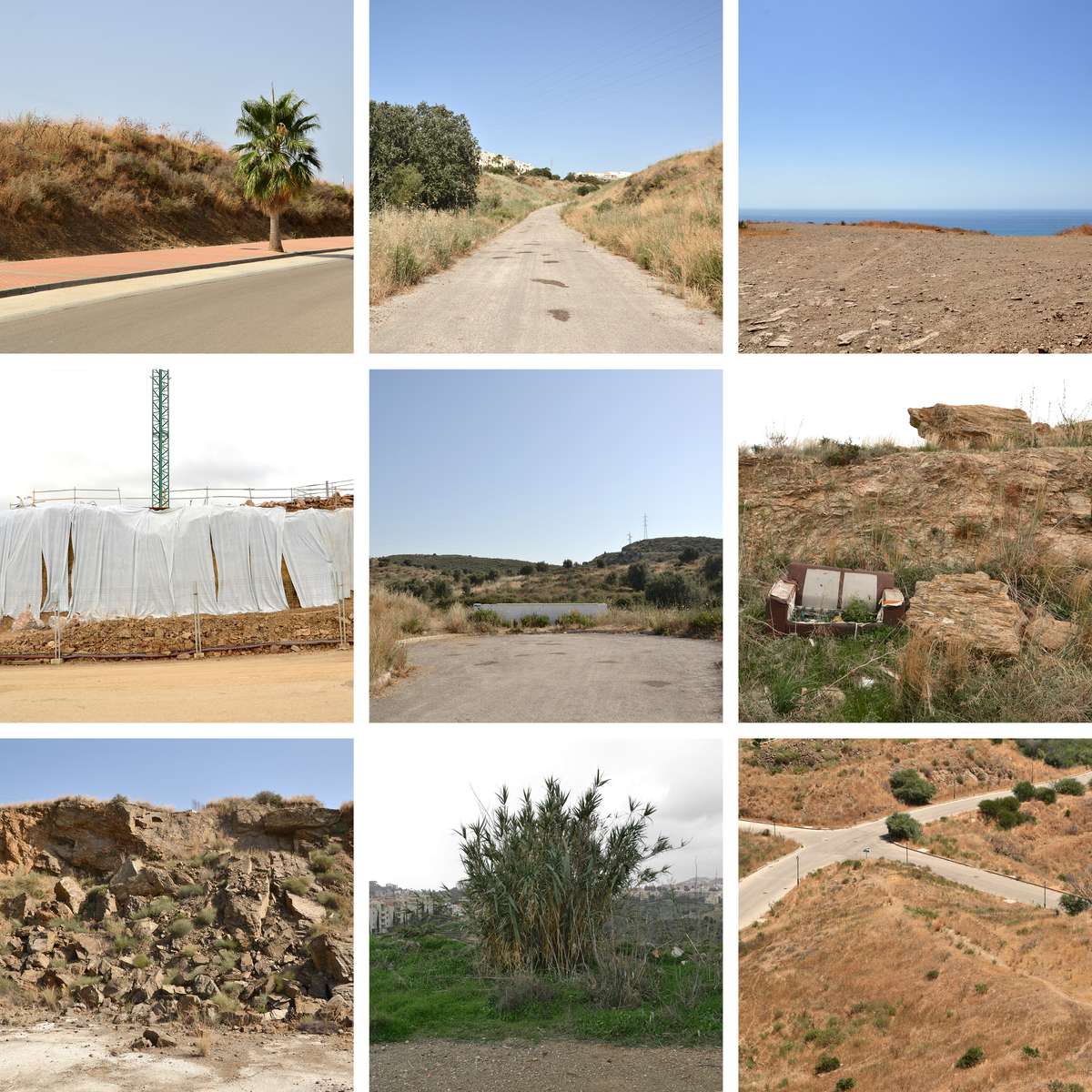
Architects have a particularly good eye for identifying potential and opportunity in areas that might be overlooked or cast aside by most. We are able to look at the everyday and see beyond the mundane, see beauty in what the prevailing economic model rejects. We introduce a case study. Our ongoing Costa del Sprawl project has focused on exploring the edge territory of suburban sprawl on the Costa del Sol. We have been determined to expose the latent possibilities of liminal spaces.
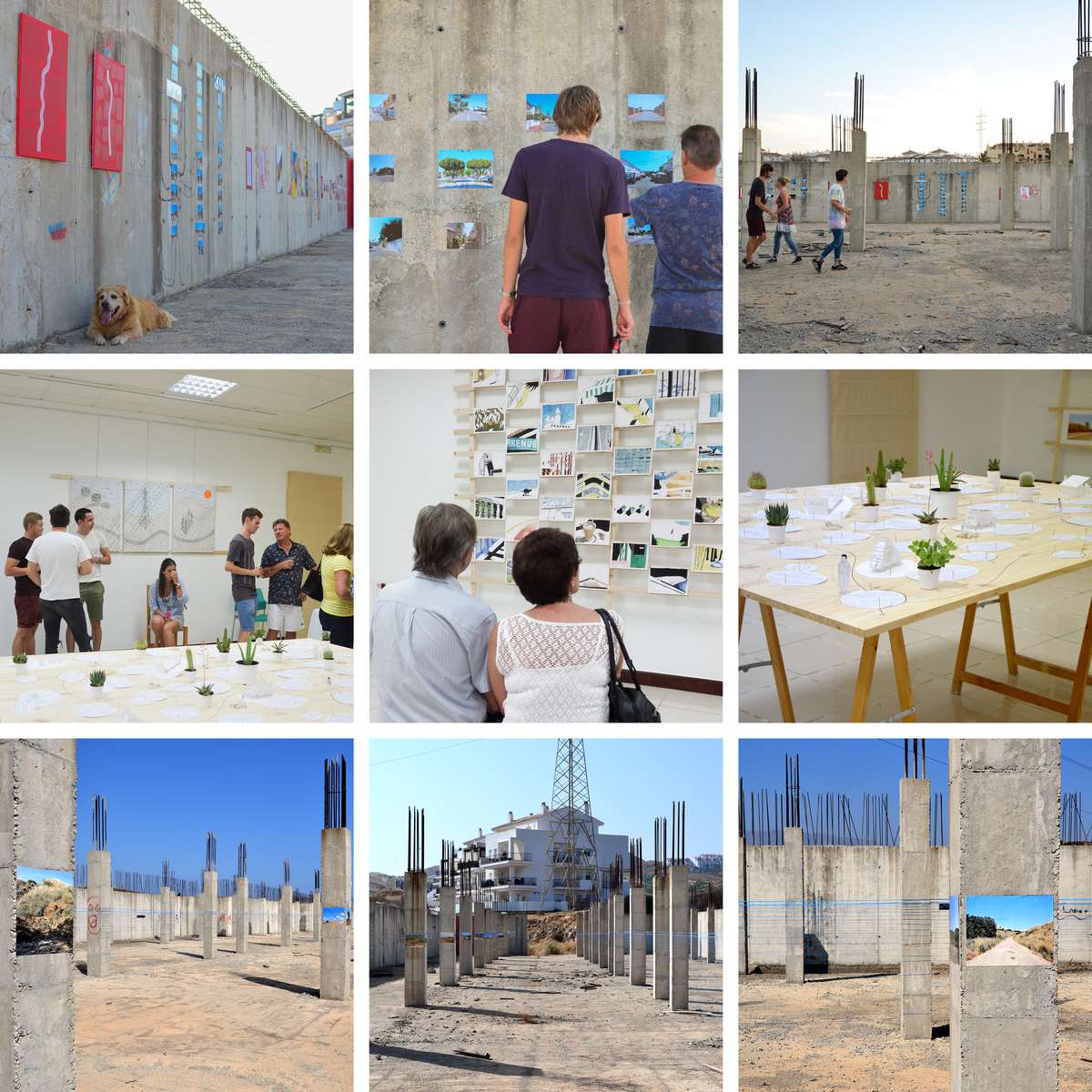
Costa del Sprawl Exhibitions 2016, 2017 & 2018. Exhibitions have proved an efficient manner for us to engage the public with the ideas and spaces we have found fascinating. We were surprised by the interest shown by the local residents and authority alike. That said, the impact is temporary with little long term discussion. Theory and rhetoric are of immense value in inspiring and engaging people with the development of their surroundings, but rarely equate to the provocation of action.

Costa del Sprawl Pavilion 2018. A project for which there was no economic incentive but we believed clear social value. Our determination to demonstrate the possibilities for the abandoned landscape left behind by the economic crash required a proposition which could be directly experienced. Funding followed the design, which aptly mirrored the context of failed speculative constructions. The benefit to the community is in no doubt. Where such experiments can take us we are yet to see.
Death of the Client
Death of the Client

- Systemic changes
Architecture relies on a client commissioning an architect to deliver a project. Once solicited, the architect is at the mercy of a client’s interests which include the self, profit, and little else. Simultaneously, the architect professes a duty to the public, the environment and the user. At the height of 20thC state funded building, appeasing both client and social ideology may have been possible, but as architecture finds itself in a context with capitalism as client, we must find new ways to operate.
While new technologies fail to yield the utopias their advocates promise, the means of production and distribution for creators are more democratic than ever. Take this year’s Turner Prize winning artist Charlotte Prodger; creating her award winning film on an iPhone. Also David Hockney, liberated from galleries and art dealers by his iPad. There are fewer barriers between our imaginations and their materialised reality, but how as architects do we jump the barrier of the client?
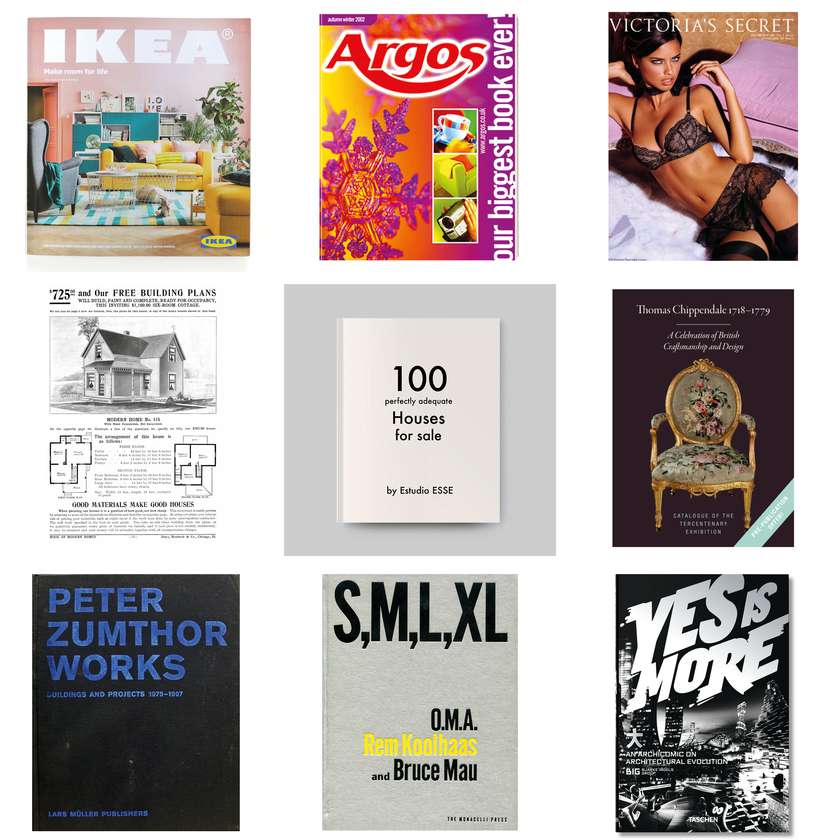
The concept of the catalogue inverts the conventional client/designer relationship found in architecture. While a monograph may seduce solicitation by promising a future based on works past, the catalogue is a promise of the actual. Whatever is being sold is done so directly and explicitly, and make no mistake, architects sell. Could an acceptance of this reality combined with precise unsolicited propositions allow architects to take the initiative? We think there are signs for hope.
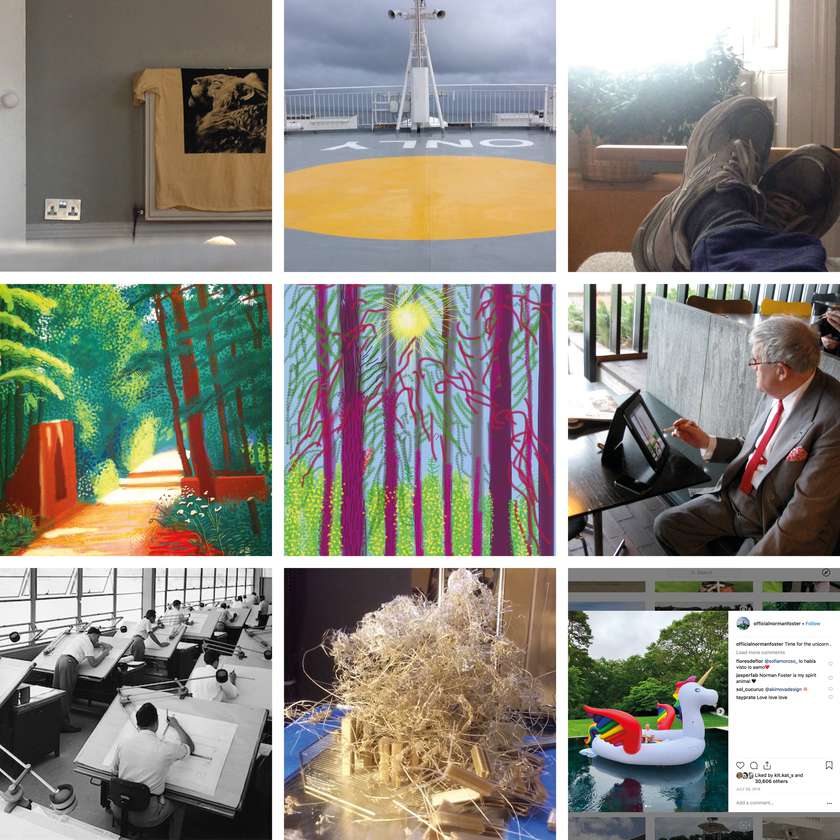
Images: C. Prodger & D. Hockney. Architecture has yet to witness the democratisation that has occurred in the other arts. Perhaps this is down to a clash between the intrinsically physical nature of our work and the immateriality demanded by contemporary technologies. Discussions around this subject from within the profession are tired and repetitive, and more often than not result in clumsy solutionist outcomes. We wonder which of our problems technology and digital infrastructures can solve.
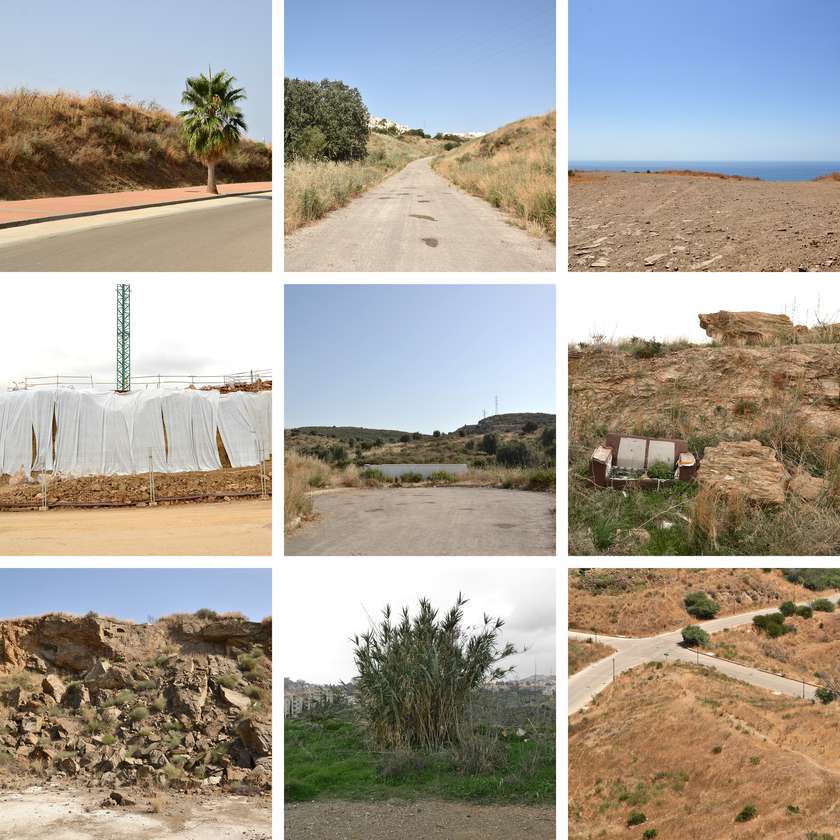
Architects have a particularly good eye for identifying potential and opportunity in areas that might be overlooked or cast aside by most. We are able to look at the everyday and see beyond the mundane, see beauty in what the prevailing economic model rejects. We introduce a case study. Our ongoing Costa del Sprawl project has focused on exploring the edge territory of suburban sprawl on the Costa del Sol. We have been determined to expose the latent possibilities of liminal spaces.
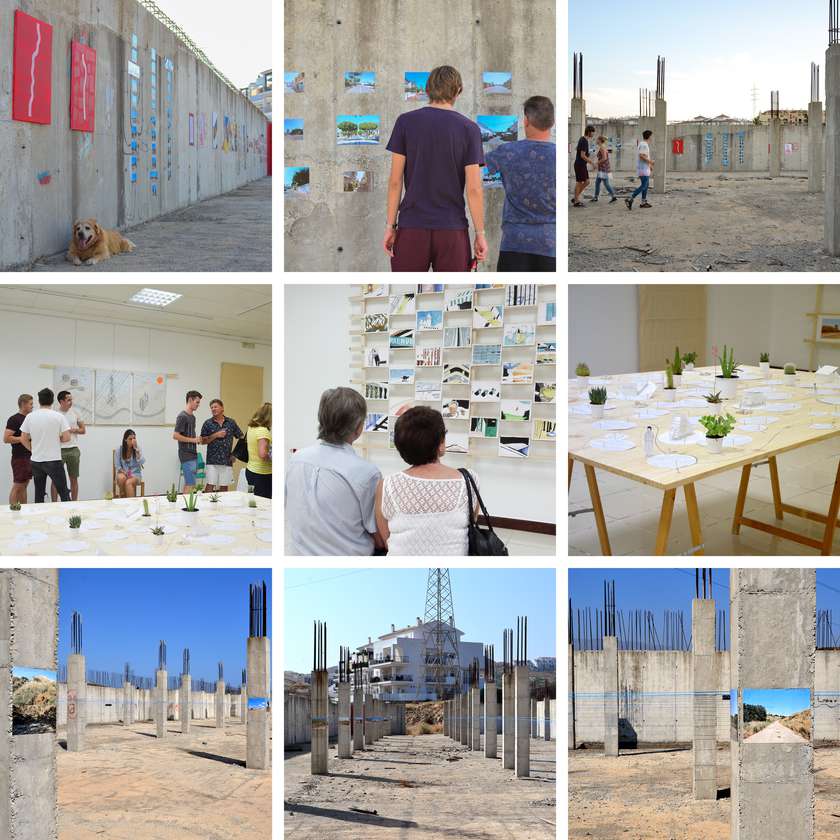
Costa del Sprawl Exhibitions 2016, 2017 & 2018. Exhibitions have proved an efficient manner for us to engage the public with the ideas and spaces we have found fascinating. We were surprised by the interest shown by the local residents and authority alike. That said, the impact is temporary with little long term discussion. Theory and rhetoric are of immense value in inspiring and engaging people with the development of their surroundings, but rarely equate to the provocation of action.
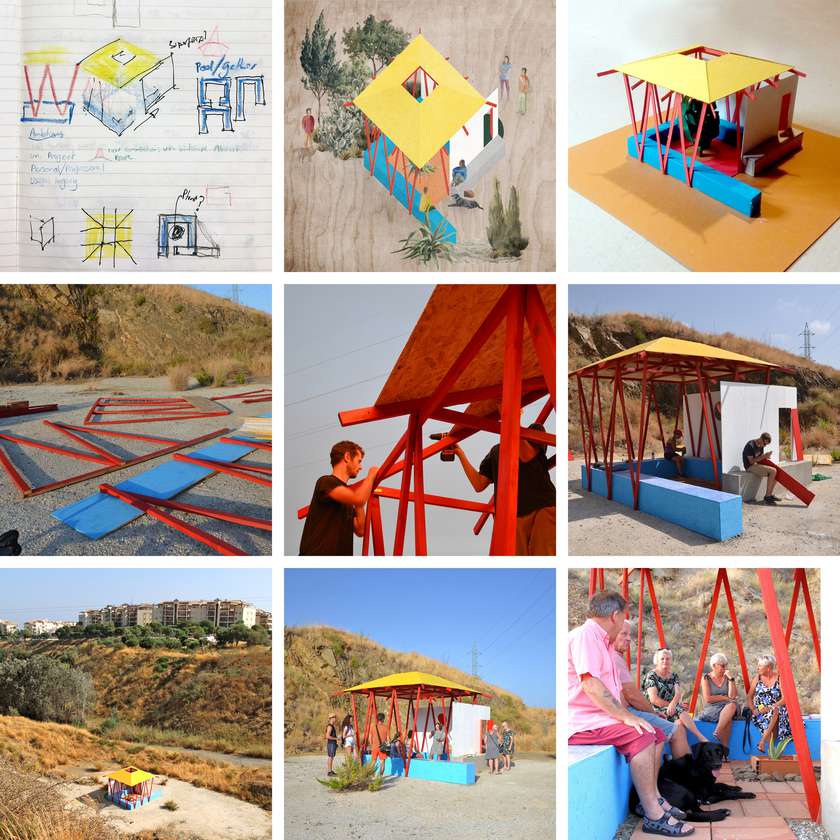
Costa del Sprawl Pavilion 2018. A project for which there was no economic incentive but we believed clear social value. Our determination to demonstrate the possibilities for the abandoned landscape left behind by the economic crash required a proposition which could be directly experienced. Funding followed the design, which aptly mirrored the context of failed speculative constructions. The benefit to the community is in no doubt. Where such experiments can take us we are yet to see.